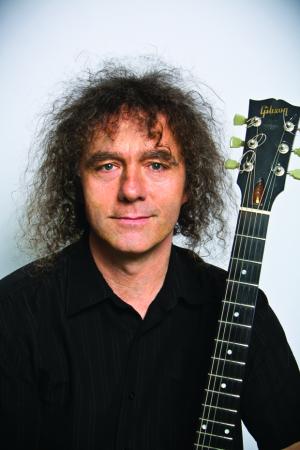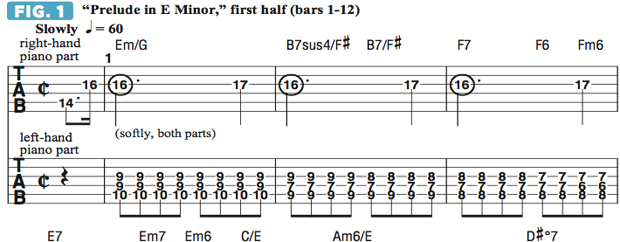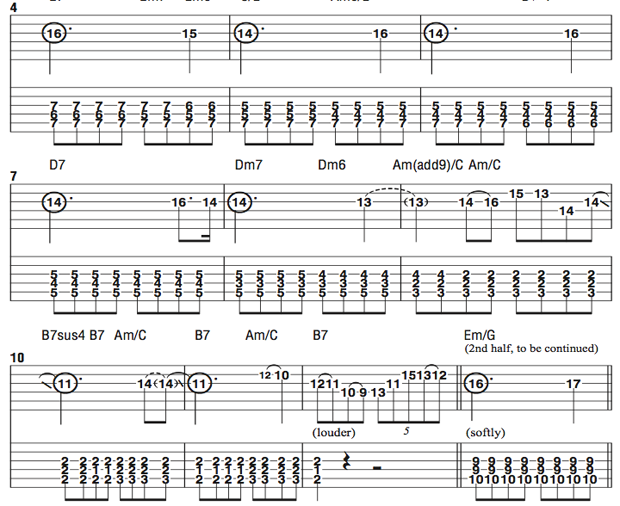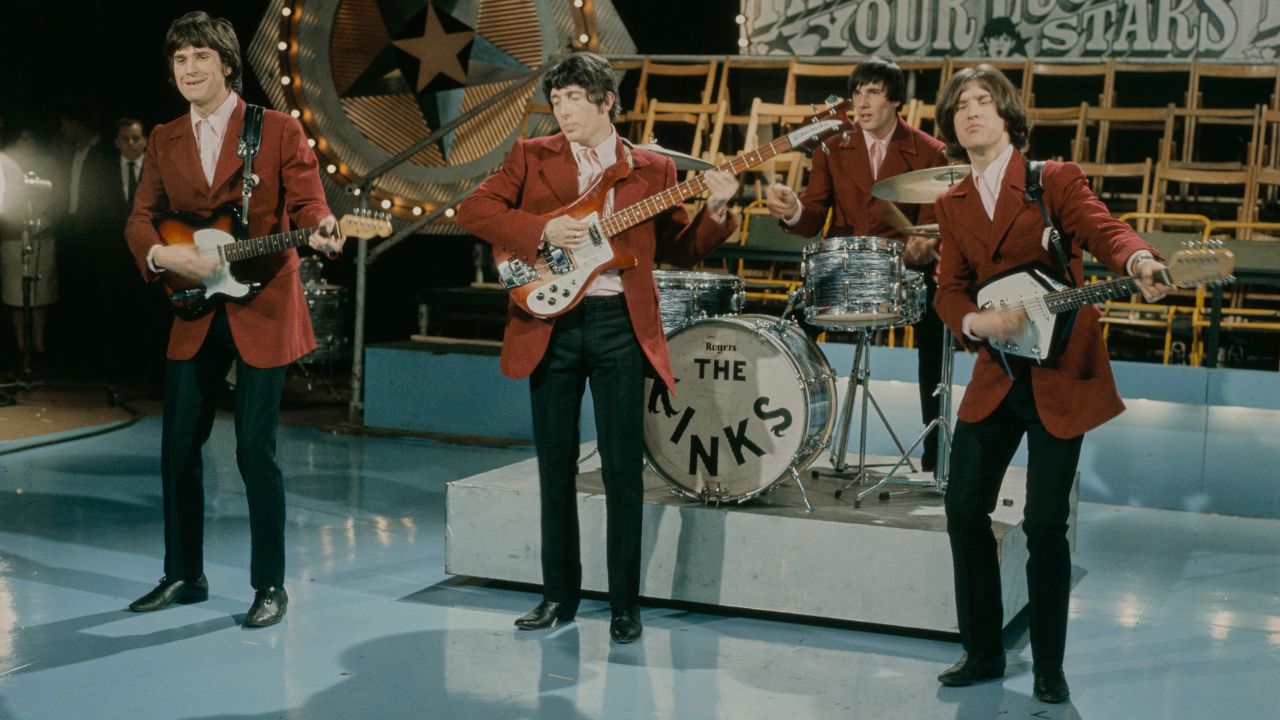How to Play Frédéric Chopin's "Prelude in E Minor" on Guitar — Video

When it comes to history’s greatest composers, Frédéric Chopin (1810–1849) is right up there with Bach, Beethoven, Mozart and Schubert, all of whom had inspired him to innovate in ways that built upon and often ventured beyond what these other geniuses had done in their own careers.
Chopin composed many brilliant masterpieces, predominantly for solo piano, and was a pioneer who, during the peak of the Romantic era of the fine arts in the early/mid-19th century, pushed the boundaries of melody, harmony, rhythm and form in Western music to places no one else had yet ventured, and did so with a signature style and flair that embraced elements of the quaint “peasant” folk music of his native Poland, such as quirky grace notes and other “slippery” melodic decorations.
In this lesson, I present, as a tribute to Chopin, my two-guitar arrangement of one of his most celebrated solo piano works, the slow and hauntingly beautiful “Prelude in E Minor, Opus 28, Number 4,” a composition that Spinal Tap’s Nigel Tufnel might consider “the saddest of all pieces” (certainly if it were in the key of D minor, an accommodation that can be easily achieved by simply tuning your guitar down a whole step).
FIGURE 1 depicts the first half of the piece, bars 1–12, with the piano’s left- and right-hand parts assigned to two different guitars. (I’ll show you the second half of the piece in our next lesson.) As you can see, the melody is rather simple, sparse and repetitive.
What makes it compelling is the way it sounds against the accompaniment, which features an intriguing and highly unusual progression of three-note chords that chromatically morphs downward through the use of descending voice-leading in a way that was very much ahead of its time and foreshadowed the sophisticated chord structures and movement found in Impressionist-era (1875–1925) music by composers like Claude Debussy, as well as 20th-century jazz harmony.
Particularly noteworthy are the various chord forms that result from lowering one note while suspending, or “holding over,” one or two others from the previous chord. The melody in bar 12 features what may be thought of as “tension tones,” such as the flat sixth, flat nine and sharp nine, as applied to the five chord, B7.
The accompaniment is best played fingerstyle, so that you can sound the notes of each chord simultaneously, piano-style. Chopin intended the piece to be performed slowly, softly and expressively and with the understanding that liberties may be taken with the tempo, meaning you can slow down and speed up slightly while also varying the dynamics (volume), mostly playing with a very light touch and occasionally “swelling.”
Feel free to dial in a generous amount of concert-hall reverb for both parts to emulate the sound of a classical piano recital. The melody may be performed with either a clean or overdriven electric guitar tone (distortion adds sustain).
The choice is up to you; use good taste and discretion when it comes to tone and effects usage, and remember—sometimes less is more! While it’s not indicated in the tab, add a subtle, slow and even finger vibrato to the held notes. I find that pushing the string slightly upward in a gentle rocking motion works best here.


Get The Pick Newsletter
All the latest guitar news, interviews, lessons, reviews, deals and more, direct to your inbox!
Over the past 30 years, Jimmy Brown has built a reputation as one of the world's finest music educators, through his work as a transcriber and Senior Music Editor for Guitar World magazine and Lessons Editor for its sister publication, Guitar Player. In addition to these roles, Jimmy is also a busy working musician, performing regularly in the greater New York City area. Jimmy earned a Bachelor of Music degree in Jazz Studies and Performance and Music Management from William Paterson University in 1989. He is also an experienced private guitar teacher and an accomplished writer.
“There are so many sounds to be discovered when you get away from using a pick”: Jared James Nichols shows you how to add “snap, crackle and pop” to your playing with banjo rolls and string snaps
How to find new approaches to blues soloing – using fingerstyle improv ideas and Roy Buchanan-inspired licks











